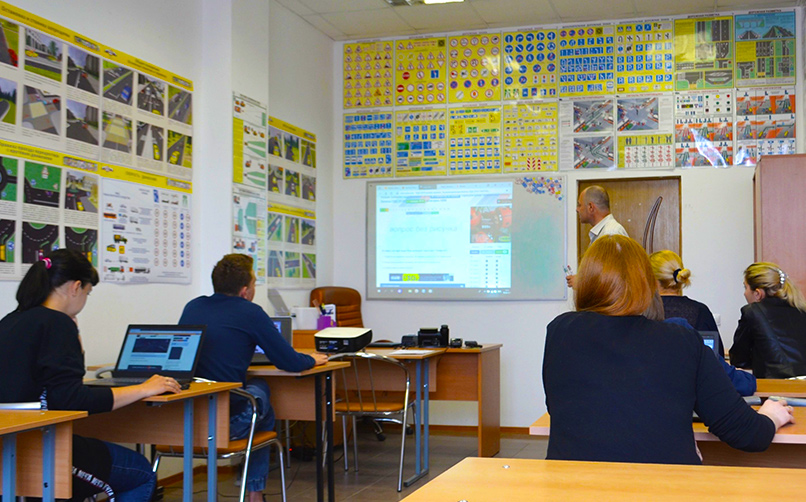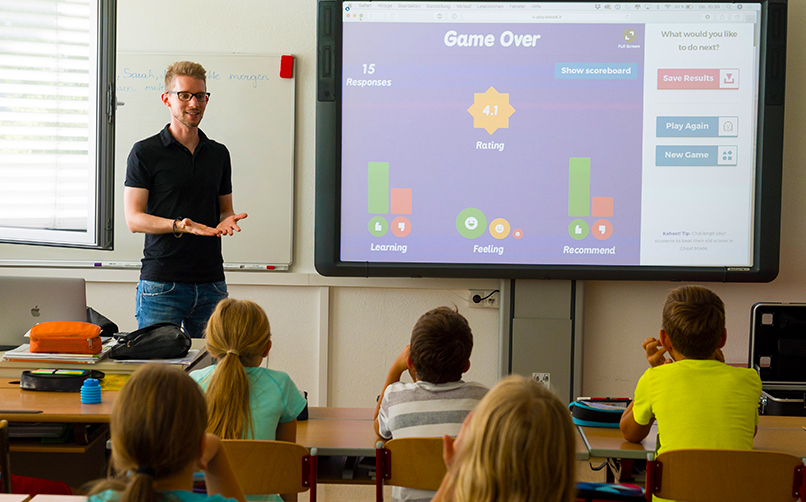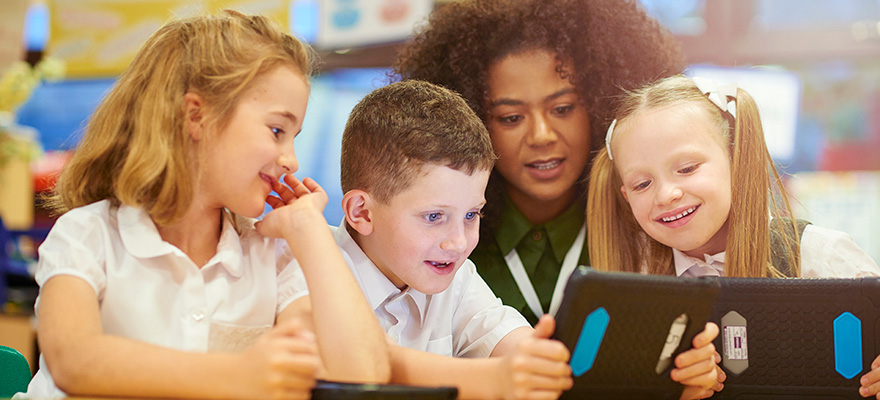Personalized Learning
Personalized Learning is that approach of learning where the focus is on the learner. The old approach of “one system fits all” is being replaced with an approach of “choosing what fits best for you”. It helps to address the distinct needs and interests of the individuals. Technology and digital skills have a big role to play in this. The introduction of technology has changed the way teachers teach and students learn. Not only that, but it has also simplified the way students and teachers communicate with each other.
Technology has successfully entered classrooms in the form of online course content, online classes and lectures, software for students with special needs, online assessments and various other such tools. Due to so many advantages, not only teachers and students but parents are also embracing such technical innovations. With early learning of basic technology elements, it is definitely future-oriented.
Let us look at the various related technology concepts of personalized learning.
Adaptive learning

Mobility

1:1 Initiatives
It refers to institutions issuing each student an electronic device in order to access the internet, digital course material, and digital books. One to one offers the benefit of equal access, easy maintenance, and simple networking. In order to save initial costs, some institutions also encourage the policy of ‘Bring Your Own Device’. Due to this cost vs. benefits ratio, one to one computing is still the subject of debate.
Classroom apps
To engage students with technology, the hardware is only one part of the puzzle. You also need the right software to harness the best of what the technology has to offer. From creating lessons to keeping records to communicating with students outside the classroom, there are apps to assist both students and teachers in every aspect of education. Various classroom apps are not only making learning, fun experience but also saving time in activities like student/instructor feedback or getting parental consent.
Gamification

Flipped Learning
This new method of learning where classwork and homework elements have reversed has been possible only due to technology. Video/Audio lectures are made available to the students at home via the internet and in class, time is devoted to discussions, activities around the subjects.
Cloud computing
Cloud computing has unlimited potential when it comes to collaboration. This is true for teacher-teacher, teacher-student, and teacher-parent applications. It saves time, space and money for everyone.
Virtual classrooms
These are web-based classrooms that support a large number of participants without having the need to ever come to real classrooms. This has helped education reach each and everyone interested of any age or economic background.
The information era has dramatically changed the way children are educated these days. There are new teaching techniques and enormous information available for everyone at the click of a button. Although technology is growing fast every day, effective integration with education systems is still evolving. The ultimate aim is to make learning effective and make the outcomes more positive.






